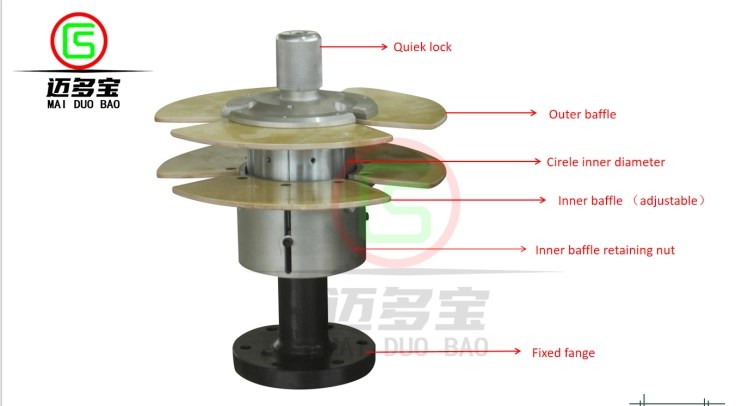Understanding the Distinction: Planers vs. Jointers in Woodworking
In the realm of woodworking, two essential tools often come into play: the planer and the jointer. While both are crucial for achieving smooth, flat surfaces on lumber, they serve distinct purposes and operate in different ways. Understanding the differences between a planer and a jointer is vital for any woodworker, whether you are a novice or a seasoned professional. This article delves into the functionalities, applications, and key differences between these two indispensable tools.
The Basics: What is a Planer?
A planer, also known as a thickness planer, is a machine designed to reduce the thickness of a piece of wood while ensuring a smooth, even surface. It works by feeding the wood through a set of rotating blades that shave off material from the top and bottom surfaces. The primary function of a planer is to create uniform thickness across the entire board, making it an essential tool for preparing lumber for various projects.
Key Features of a Planer:
- Thickness Adjustment: Most planers allow users to adjust the thickness settings, enabling precise control over the final dimensions of the wood.
- Dual-Sided Smoothing: Planers can smooth both the top and bottom surfaces of the wood simultaneously, saving time and effort.
- Portable Options: Many planers are available in portable models, making them suitable for on-site work or smaller workshops.
The Basics: What is a Jointer?
A jointer, on the other hand, is primarily used to create flat surfaces and straight edges on lumber. It consists of a flat table with a set of blades that cut the wood as it is passed over. The jointer is particularly effective for removing warps, twists, and other imperfections from the wood, ensuring that the edges are square and ready for joining with other pieces.
Key Features of a Jointer:
- Flat Surface Creation: The jointer excels at flattening one face of the board, which is crucial for subsequent operations like planing or joining.
- Edge Jointing: It can also create straight edges, allowing two pieces of wood to be joined together seamlessly.
- Infeed and Outfeed Tables: The design typically includes infeed and outfeed tables that support the wood as it passes through the machine, ensuring stability and accuracy.
Key Differences Between a Planer and a Jointer
While both tools are essential for woodworking, their functions and applications differ significantly. Here are the primary distinctions:
- Functionality:
- Planer: Primarily reduces the thickness of the wood and smooths both surfaces.
- Jointer: Focuses on flattening one face and straightening edges.
- Surface Preparation:
- Planer: Ideal for achieving uniform thickness after the wood has been jointed or when working with already flat surfaces.
- Jointer: Best used at the beginning of the milling process to prepare rough lumber for further shaping.
- Material Removal:
- Planer: Removes material evenly from both sides, which can lead to a reduction in overall thickness.
- Jointer: Removes material from one face and one edge, allowing for precise control over flatness and squareness.
- Setup and Operation:
- Planer: Generally requires less setup time and can process multiple boards quickly.
- Jointer: Requires careful alignment and setup to ensure that the edges and faces are perfectly flat and square.
Practical Applications in Woodworking
Understanding when to use a planer versus a jointer can significantly impact the quality of your woodworking projects. Here are some practical applications for each tool:
- When to Use a Planer:
- After jointing rough lumber to achieve the desired thickness.
- When working with reclaimed wood that may have uneven surfaces.
- For creating uniform thickness across multiple boards for projects like tabletops or cabinetry.
- When to Use a Jointer:
- At the beginning of the milling process to flatten a warped or twisted board.
- To prepare edges for gluing two pieces of wood together, ensuring a tight fit.
- When working with wide boards that need to be straightened before planing.
Conclusion
In summary, both the planer and the jointer are indispensable tools in the woodworking arsenal, each serving unique and complementary roles. The planer excels in achieving uniform thickness and smooth surfaces, while the jointer is essential for creating flat faces and straight edges. By understanding the differences between these two tools, woodworkers can make informed decisions that enhance the quality of their projects and streamline their workflow. Whether you are crafting furniture, cabinetry, or intricate woodwork, mastering the use of both a planer and a jointer will elevate your woodworking skills to new heights.




